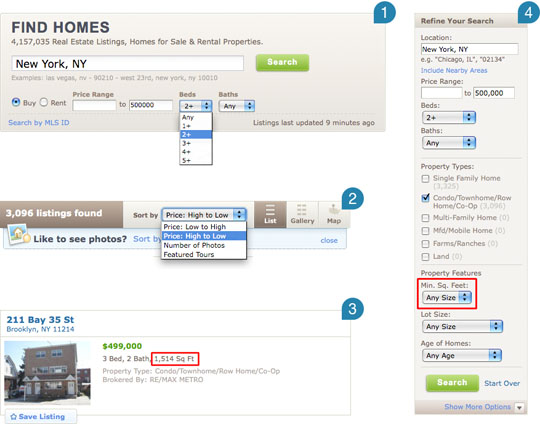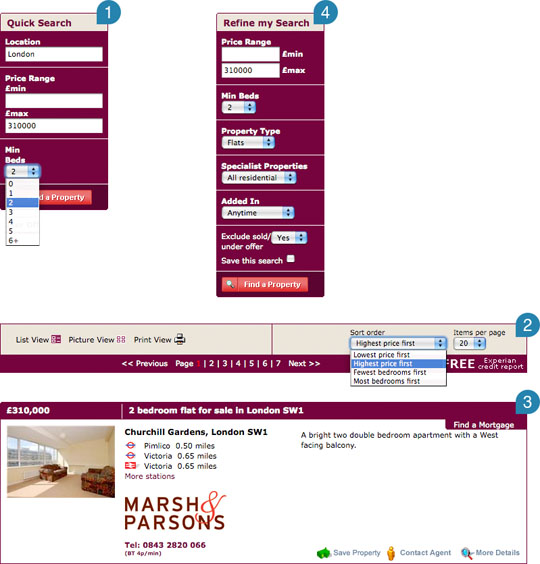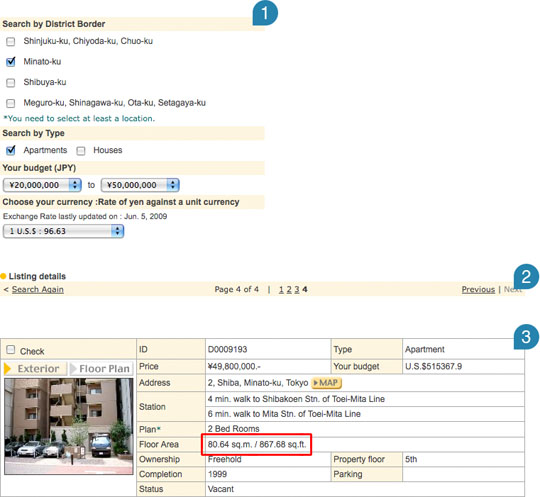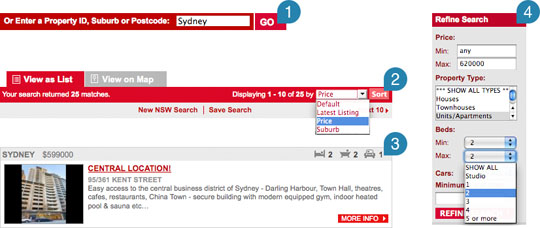No doubt you are familiar with the saying “a new home is the biggest purchase you will ever make.” So how do you measure value when buying residential real estate? Although this is a very personal question these factors tend to be pretty high on everyone’s list:
- property type (house, apartment, townhouse etc.)
- features (parking, storage, natural light etc.)
- size
- location (distance to work, schools, transport, shops and other services)
- land area
The combination of the above and a number of other important qualities, when compared with the purchase price, will determine the value for money.
Focusing on floor area
In this article I will focus on just one of the factors listed above: size, or more specifically floor area.
It appears that there are two measures of size when it comes to real estate: number of rooms, and floor area. Rooms are often quoted as “number of bedrooms”. Floor area can also be quoted differently: it can be either the area calculated from the floor plan, or the “usable” floor area, which deducts interior walls, staircases etc. from the total figure.
The great thing about floor area is that it’s an objective measure, and it helps you compare two otherwise similar properties.
Wouldn’t it be great to pay $6,000 instead of $8,000 per square metre?
Let’s have look at how size and floor area are represented on online real estate services for some the major cities in the world.
New York
London
Tokyo
Sydney
Summary
Based on this brief study floor area is surprisingly underrepresented in online real estate search.
Out of the four online real estate services:
- only two had indication of floor area (Tokyo, and New York for some properties)
- just one allowed you to refine results by floor area (New York)
- none allowed you to sort search results by floor area
- none listed price divided by floor area.
For such a basic measure of value for a major purchase like residential property, this is unforgivable! I would have expected floor area to be one of the first things displayed on any real estate service but in reality this is not so.
Why do you think this is the case?
Do you think floor area should be included in real estate searches or not?
How could the above user interfaces be improved?
About this study
To find the most popular online real estate service for particular region I used Google with the following keywords:
<city name> “real estate” “for sale”
From the top three results I picked a service for each of the cities:
- New York: Realtor
- London: FindaProperty.com
- Tokyo: Realestate-Tokyo.com
- Sydney: Realestate.com.au
I then used each service to find a residential two bedroom apartment (unit, flat) in a central location in the respective city. The matching property closest to the US $500,000 budget was selected.
Each screenshot is annotated as follows:
- Initial search
- Sorting the search results
- Individual property search result
- Refine search panel
Note: All images are the property of the respective copyright holders.



